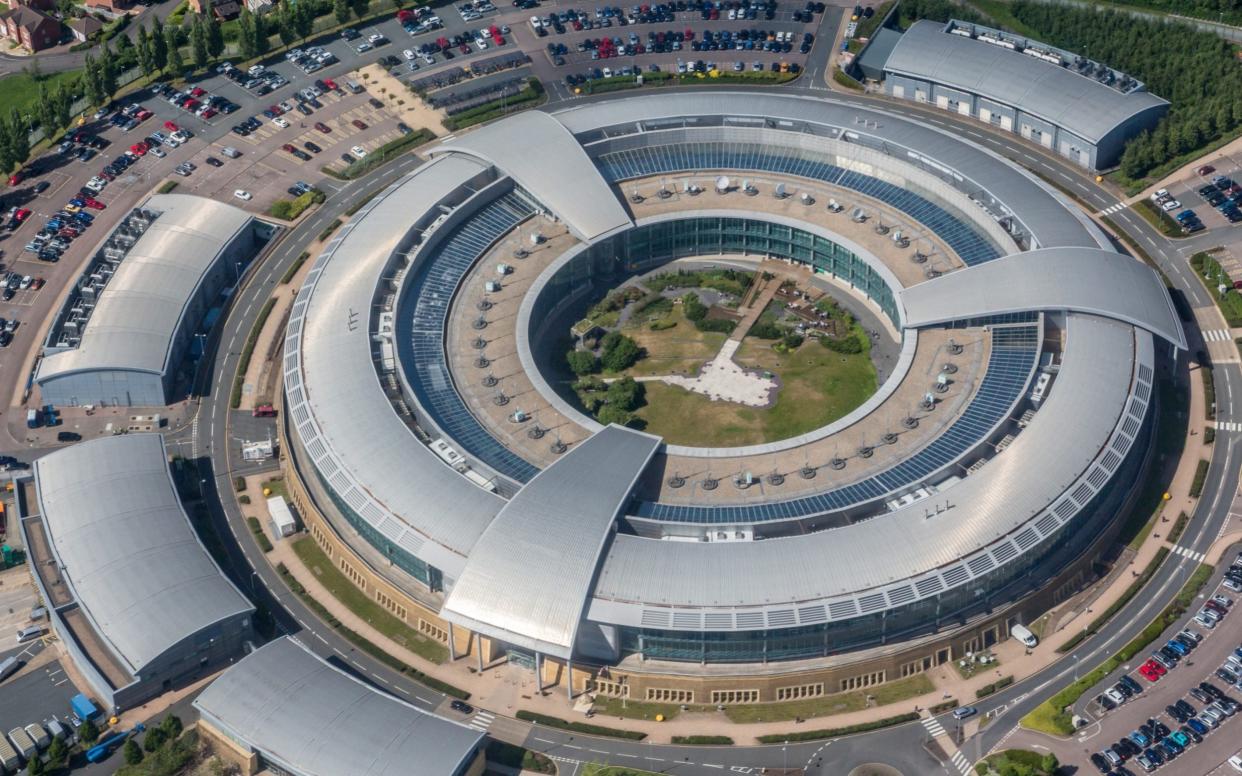Behind the Enigma by John Ferris review: decoding the secrets of GCHQ

Following in the footsteps of its better-known sister intelligence agencies, MI5 and MI6, the Government Communications HQ – or GCHQ, the Cheltenham-based signals intelligence (Sigint) service – has authorised its first history. Of course, no historian is ever given entirely unrestricted access to such sensitive material. John Ferris, professor of history at the University of Calgary, was not allowed to discuss diplomatic intelligence after 1945, “nor any technicalities of collection which remained current”. Moreover, his access to primary material ended with the Cold War, which means his final chapter is based on open sources and interviews.
That still leaves a lot of material and much to say. But to appeal to a general audience, a book of this type needs an author who understands the intelligence world and knows how to craft a good story. While ticking the first box, Ferris falls short of the latter requirement. This is a shame because his book is far from uncritical of GCHQ – or the Government Code and Cypher School (GC&CS) as it was known until 1946 – and it explodes a number of myths. But it does so in such detailed, jargon-heavy prose that reading its 700 pages can feel more of a duty than a pleasure.
The GC&CS was formed in 1919 by the merger of the Naval Intelligence Division’s Room 40 and the Army’s MIi(b), two military departments that had great success cracking the codes and reading the communications of Britain’s enemies during the First World War. GC&CS carried on the good work, and between 1919 and 1930 it had “near mastery of the diplomatic code systems of Japan, the United States, and Italy, and strong access to those of France and, despite the myth, of the USSR”. Over the next decade, however, its power waned.
There were some coups. By reading Japanese messages, GC&CS was able to warn the British government about the Anti-Comintern Pact between Germany, Italy and Japan, and their aggressive plans. Yet intelligence is only as useful as statesmen are wise and, in this regard, Neville Chamberlain was sadly deficient. Could the Second World War have been prevented if, say, Churchill had been prime minister in 1939? Not in Ferris’s opinion. The war “started because of a systems failure”, he writes, but “much the same would have happened had the system worked as intended”.
This comment is revealing. If Ferris really believes that human agency is not as important as “systems”, it is hardly surprising that he buries the human story of GCHQ. The slight exception is his account of Bletchley Park and the cracking of the Enigma code. As soon as Alan Turing saw the work the Poles had done on the Enigma machine, writes Ferris, he “understood how to penetrate its security, formulated the concept for machines which could do so, and led the mathematisation of techniques of cryptanalysis”.
Turing thus laid the foundation for computer science, and “set a ball rolling which otherwise might never have moved”. Why then are his character and pre-war career sketched in just a few sentences? We’re not even allowed to get too excited about Enigma itself. “Bletchley,” writes Ferris, “did not save Britain, though it did help to defeat Germany.”

In the postwar period, GCHQ has “faced traumas as cultural and political attitudes changed towards secrecy and trust in the state”. Yet it proved itself crucial in the Cold War, penetrating Soviet military intentions, and shaping a “stand-off in intelligence with the ‘main enemy’, which aided Western victory”. During the Cuban missile crisis, for example, it provided the US with the crucial news that Soviet merchant vessels carrying nuclear weapons had turned back to Russia.
In the Falklands War, too, GCHQ intercepts gave Britain foreknowledge of Argentine naval plans to destroy the task force as it headed south. Seen in this context, the sinking of the Belgrano was entirely justifiable. The excessive loss of life could have been mitigated, says Ferris, if Argentine destroyers had tried to rescue survivors. But they assumed the British submarine was still nearby – it had, in fact, withdrawn – and the opportunity to save “most if not all of those who died” was lost.
Since 2000, as Islamist terrorism and cyberwarfare have emerged as two of the chief threats to British security, GCHQ has grown in size and importance, and currently consumes 7.7 per cent of the MoD’s budget. It has also emerged from the shadows – partly out of necessity after Edward Snowden, a systems administrator at the NSA (the American equivalent of GCHQ), released thousands of its classified cables. Now it even has its own Instagram account.
Having recently celebrated its 100th birthday, GCHQ remains “a powerful sword and shield” for Britain, says Ferris. He has written a deeply learned, comprehensive account of its achievements and occasional failures. It would have been a better book if he had breathed more life into GCHQ’s many brilliant employees. But, for a history of Britain’s “greyest” intelligence service, maybe this lack of colour is appropriate.
Behind the Enigma is published by Bloomsbury at £30. To order your copy for £25 call 0844 871 1514or visit the Telegraph Bookshop